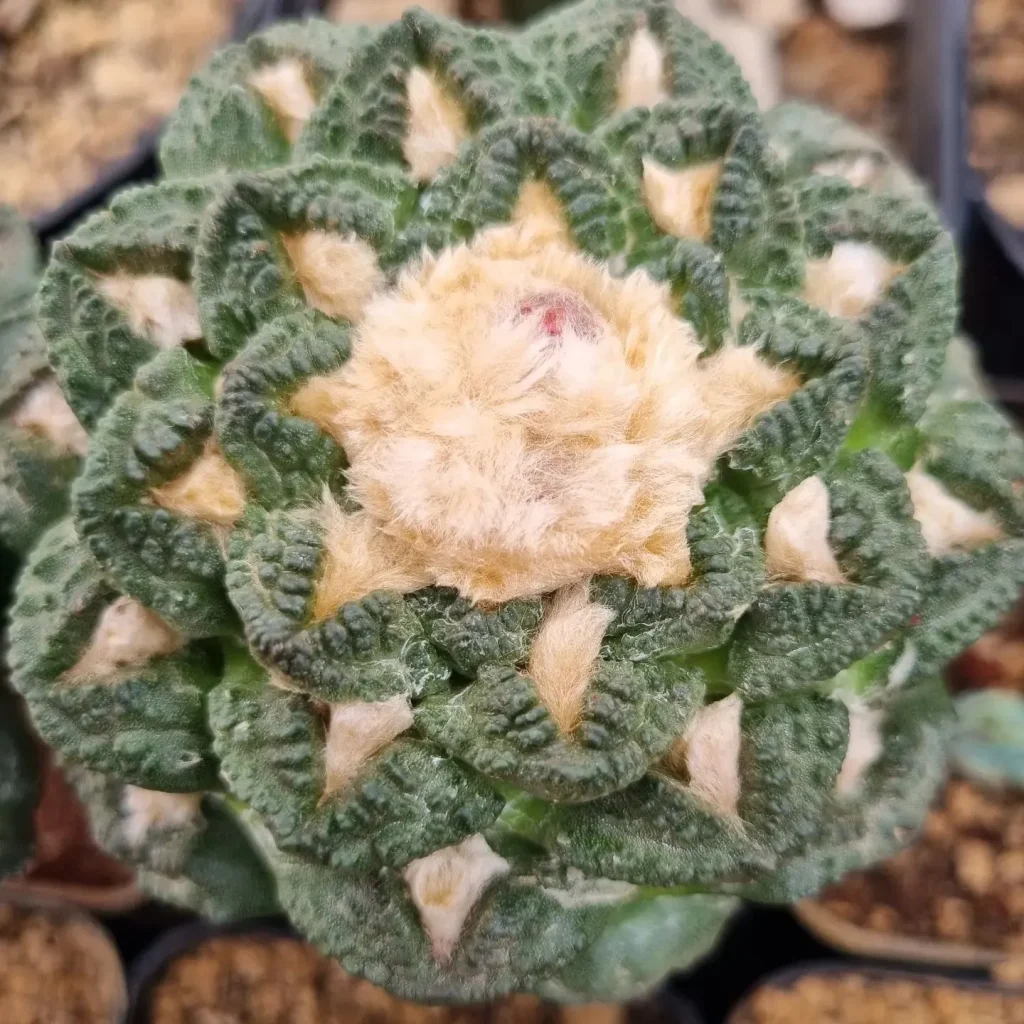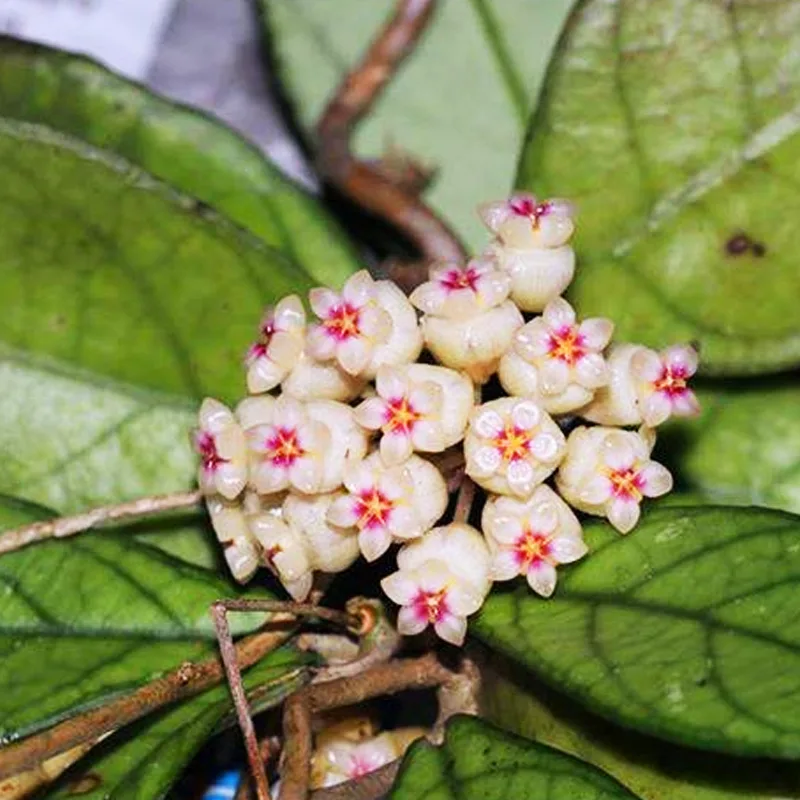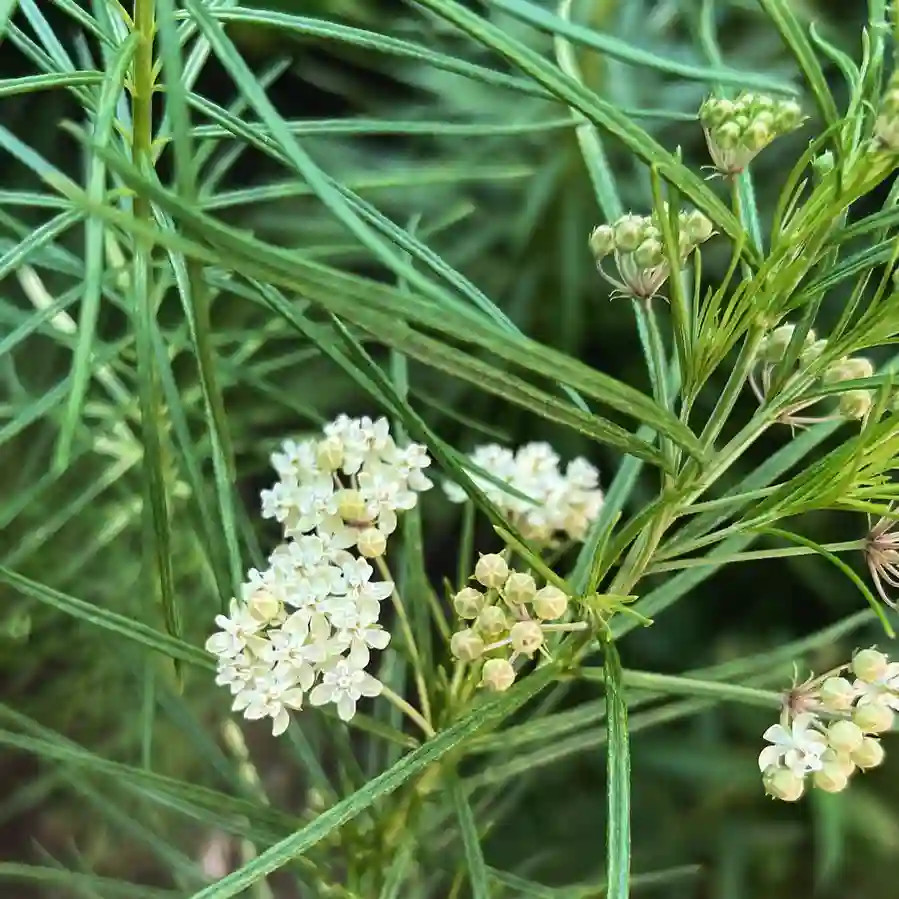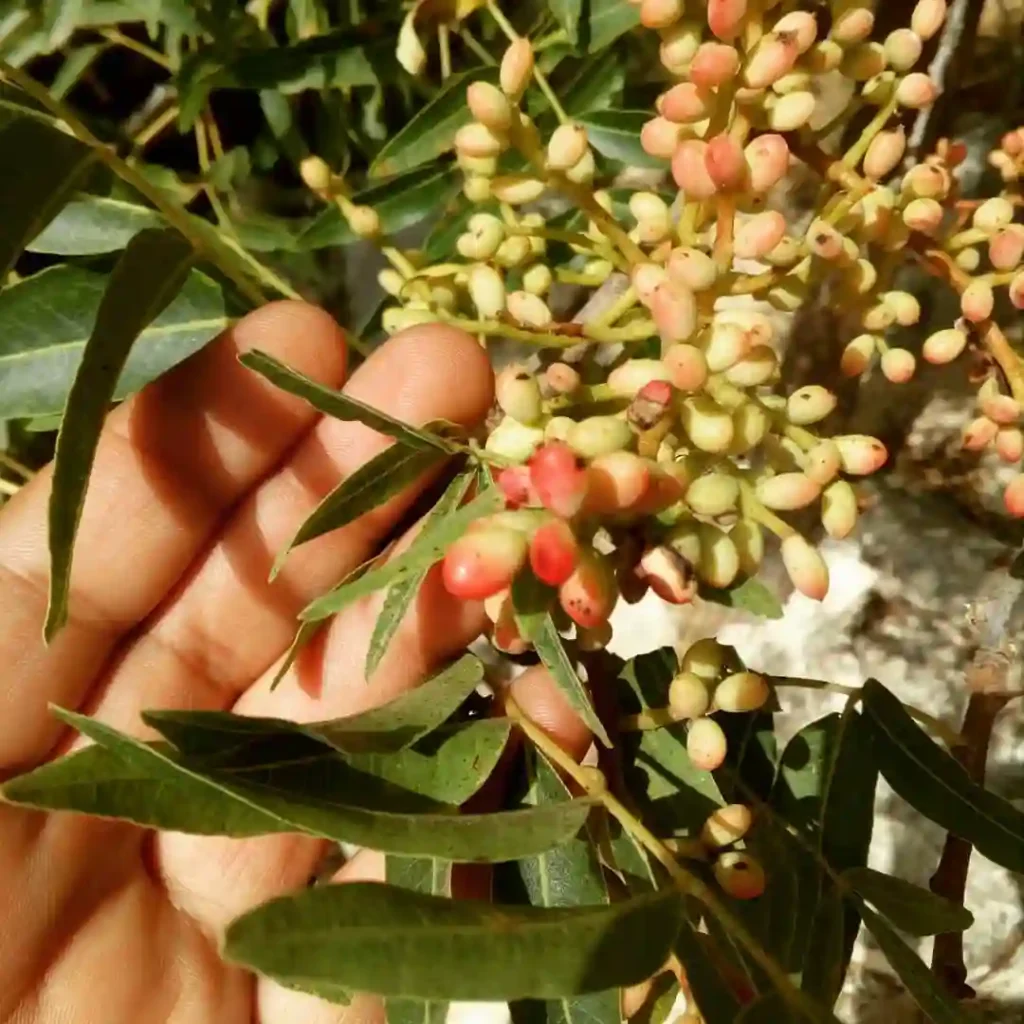Exploring Aphloiaceae: A Deep Dive into Aphloia theiformis
When it comes to lesser-known plant families, the Aphloiaceae stands out for its simplicity and unique ecological role. As someone fascinated by botany, I’ve always been drawn to plants that seem modest at first glance but reveal fascinating details upon closer inspection. The Aphloiaceae family, with its sole genus Aphloia, and the only species Aphloia theiformis, embodies this allure.
Understanding Aphloiaceae
The Aphloiaceae family is a small and specialized group within the order Crossosomatales. What makes this family intriguing is its monotypic nature—it contains just one genus, Aphloia, and within it, a single species, Aphloia theiformis. This rarity offers a sense of exclusivity that adds to its charm.
Aphloia theiformis is native to the tropical and subtropical regions of Africa, Madagascar, and the Mascarene Islands. This distribution hints at its adaptability and ecological importance, particularly in tropical forests. Its natural habitat consists of forest edges and secondary growth, making it a resilient and vital part of the ecosystems it inhabits.
Aphloia theiformis: The Star of the Family
Morphology and Appearance
Aphloia theiformis may not be the showiest plant, but its simplicity has a quiet beauty. It is a small evergreen tree or shrub, reaching heights of up to 10 meters in optimal conditions. The leaves are elliptical, serrated along the edges, and glossy—a characteristic feature that makes them quite attractive.
One detail I particularly admire is how the young leaves have a delicate, almost translucent green shade, which deepens as they mature. This transformation gives the plant a dynamic aesthetic throughout the seasons.
The flowers are small, white, and inconspicuous but hold a certain charm in their modesty. They give way to small, berry-like fruits that turn bright orange when ripe, adding a splash of color to the plant’s appearance.
Medicinal and Cultural Significance
One of the most fascinating aspects of Aphloia theiformis is its traditional medicinal use. Across its native range, local communities have long utilized extracts from its leaves and bark for treating ailments. Studies show that the plant contains bioactive compounds, such as flavonoids and tannins, known for their antioxidant and anti-inflammatory properties.
Personally, I find it remarkable how this plant bridges the gap between traditional knowledge and modern science. It highlights the importance of preserving biodiversity—not just for ecological balance but for its potential contributions to medicine.
Ecological Role
In its native habitat, Aphloia theiformis plays a crucial ecological role. It provides shade and shelter for understory plants and serves as a food source for various birds and insects. I often imagine walking through a tropical forest and spotting this modest tree standing as a testament to resilience and balance. Its presence supports a delicate ecosystem that thrives on interdependence.
My Thoughts on Aphloiaceae’s Relevance
As someone passionate about the natural world, the Aphloiaceae family and Aphloia theiformis remind me of nature’s intricate balance. In a world dominated by flashy ornamental plants, species like this deserve more recognition. Their understated elegance, ecological importance, and cultural relevance make them truly special.
In a broader sense, studying such plants underscores the importance of conservation. Aphloia theiformis is not currently endangered, but its habitat is under threat from deforestation and climate change. Protecting such species ensures the survival of not just one plant but entire ecosystems that depend on them.
Semantic Connections and Global Importance
The story of Aphloia theiformis ties into larger themes such as biodiversity, climate resilience, and sustainable development. By understanding plants like these, we gain insights into how ecosystems function and how human activity impacts them. For instance, its medicinal potential aligns with efforts in phytochemistry and drug discovery. Similarly, its ecological role connects to conversations about reforestation and habitat restoration.
This interconnectivity is a crucial reminder that even the smallest components of our natural world have a ripple effect. As I continue exploring botany, I find myself inspired by plants like Aphloia theiformis to advocate for their preservation and deeper understanding.
Final Reflections
The Aphloiaceae family may be modest in its scope, but its significance cannot be overstated. Aphloia theiformis is a shining example of nature’s quiet resilience and profound impact. Writing about it has deepened my appreciation for the interconnectedness of all living things.
Whether you’re a seasoned botanist or a curious nature enthusiast, I encourage you to take a closer look at plants like Aphloia theiformis. Sometimes, the most unassuming species hold the greatest lessons about our world and our role in protecting it.
If i die, water my plants!



